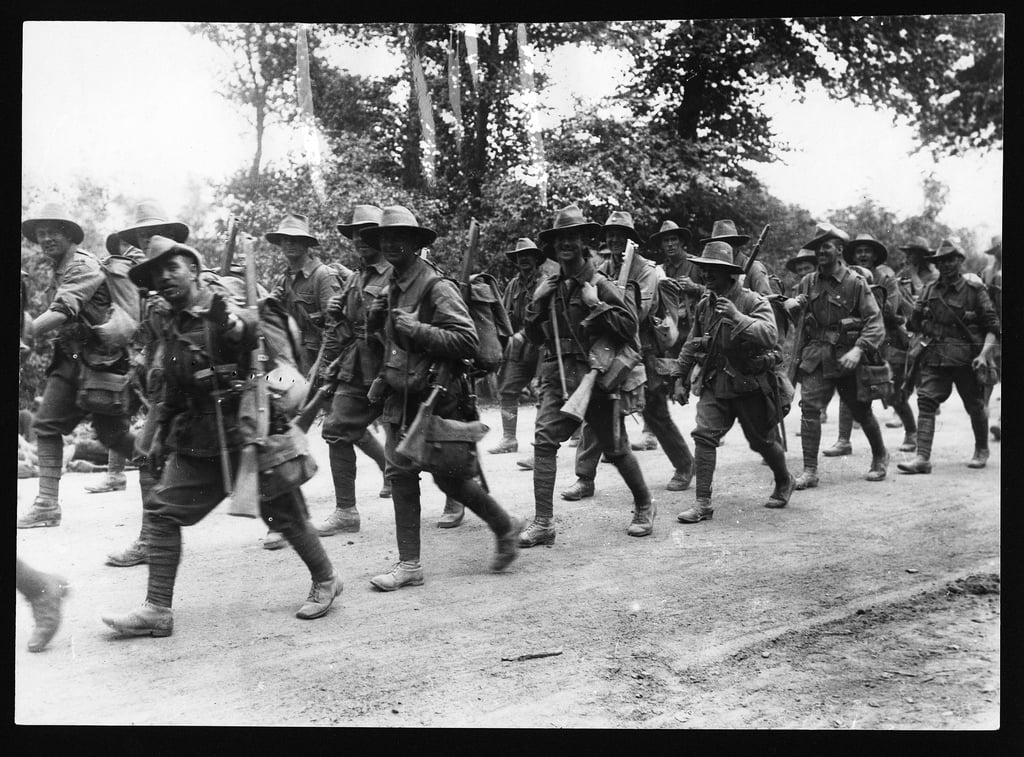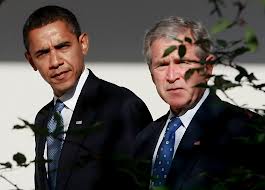A few years ago, I read David Jones’s great World War I poem In Parenthesis with a group of friends. In the long shadows of Michigan summer evenings, we sat on a porch, drank gin and tonics, and grappled with Jones’s rich, allusive, and heart-wrenching account. I was immediately captivated by the poem, by its strange Welsh-Cockney combinations, by all its references to Malory, by its description of life in the trenches, and by its attempt to make some kind of sense out of what happened to Jones and his comrades while simultaneously asking whether or not sense could be made out of their experience. Thus began my amateur interest World War I, an interest which continues to grow as I now regularly teach In Parenthesis and recognize more and more how the First World War definitively shapes our world today. In light of this, I was delighted to read Elizabeth Stice’s book, Empire Between the Lines: Imperial Culture in British and French Trench Newspapers of the Great War.
Stice sets out to analyze how everyday French and British soldiers’ ideas of empire shaped their experience of the war. How did their imaginations of far-flung colonies frame their perception of the war raging in the heart of Europe? How did the Mahdi of Sudan provide a lens to view the mud of Flanders? Stice’s method for determining what Private Smith in Forward Trench Bravo thought about Mali or Mafeking is the trench newspaper. Published by soldiers and for soldiers, trench newspapers offer a record of what in The Everlasting Man Chesterton calls psychological history or history from the inside, that is, an account of “what things meant in the mind of a man, especially an ordinary man.” Reading broadly across the publications for their presentation of and assumptions about empire, Stice demonstrates that imperial experiences and premises shaped Entente soldiers’ experience of the war while at the same time the participation of colonial, Dominion, and protectorate forces in the war began to reshape the relationship between metropole and colony.
Stice begins the book with an overview of the imperial context of the Great War, and for WWI neophytes like me, this basic accounting of who participated and from where offers one of the great values of the volume. India for instance provided over 1.3 million troops and non-combatants over the course of the war. France recruited almost 600,000 troupes indigènes from across its imperial holdings in Africa and Indochina. In total over 2 million Africans participated in the war. These numbers are staggering and provide a good reminder that this was in fact the first world war.
France and Britain could not maintain such massive empires without struggle, and their forces were engaged across the globe in the late nineteenth and early twentieth centuries. Thus, Stice notes that for soldiers in 1914, colonial contexts offered the most recent referents for armed conflict. European soldiers in European theaters started the war with colonial contexts as their most recent social imaginary for the meaning of terms like heroism, war, solider, and campaign. War was colonial in the imaginations of French and British troops.
If European soldiers brought imperial contexts to their experience of the war, the war brought actual colonial subjects to Europe. And these colonial, Dominion, and protectorate troops who participated in the war returned home from their experience in the war more independent, nationalistic, and committed to securing their rights. Likewise, their participation began to rewrite, at least partially, the construct of European racial superiority. As Germans became evil and barbaric in the Entente imagination, colonial troops rallied to the defense of Anglo-French civilization and in some sense were thus included in that civilization. Stice sums up this reality nicely: “Against the them of the Germans, they joined the us of the trenches.”
Trench newspapers represented this German “them” as both colonial subject and imperial aggressor. Often depictions of the Germans in the trench newspapers followed the tropes of presentation of colonial subjects: Germans were violent, dangerous, stupid, and in need of someone to teach them proper manners. At the same time, portrayal of German atrocities (real or imagined) often mimicked depictions of imperial atrocities like Leopold II’s infamous actions in the Congo. Stice concludes that French and British soldiers used the language of empire to describe their experience in the trenches and critique Germany for its imperial ambition but didn’t see their own actions as necessarily imperial: “Empire itself was not a dirty word, but to be the subject of someone else’s imperial ambition was horrible indeed.” All of this provides helpful framing for how French and British soldiers while not viewing the war as inherently imperial with regard to their own motivation nevertheless relied on the terms of empire to explain aspects of their experience.
However, the most interesting feature of Stice’s book is the trench newspapers themselves. She cites Paul Fussell’s observation in The Great War and Modern Memory about the “unparalleled literariness of all ranks who fought in the Great War.” Given that fact, perhaps it is unsurprising that soldiers would produce their own newspapers. Nevertheless, I was surprised by it and by the variety of genres which those papers contained: news, serialized stories, advertisements (real and fictitious), cartoons, poems, plays, letters, reviews, and more.
Trench newspapers built camaraderie and helped troops endure. Self-confessedly non-political they were instead a record of jokes, personalities, news, and life in the trenches. For instance, in a 1917 advertisement for drawing lessons, The Wipers Times included the following endorsement: “The other day by mischance I was left out in No Man’s Land. I rapidly drew a picture with a piece of chalk of a tank going into action, and while the Huns were firing at this I succeeded in return to the trenches unobserved. Could You Have Done This?” When John Ball, the protagonist of In Parenthesis arrives in the dark at the front line for the first time, he can already “sense near here habitation, a folk-life here, a people, a culture already developed, already venerable and rooted.” Trench newspapers are a window into that people and culture.
As such, these papers provide the means for understanding how imperial concerns shaped the way Entente soldiers perceived themselves and the war. But even more importantly to my mind, the papers provide a window into the human soul and how humor springs eternal in the human breast, even in the most inhuman conditions imaginable. A French trench newspaper, Le poilu, produced a special Yankee edition for the Americans just joining the fight. Stice cites the paper and provides the most moving lines of the whole book. Explaining the existence of the paper and the role of humor in the trenches, the paper advises the Americans, “Do not think for a minute that laughter or smile is forbidden in this living drama on the front, in these circumstances, laughter is courageous, more than courageous. It is the best way to mock, to despise, to endure this sad war, as it reaps our comrades one by one.”
Image via Picryl










